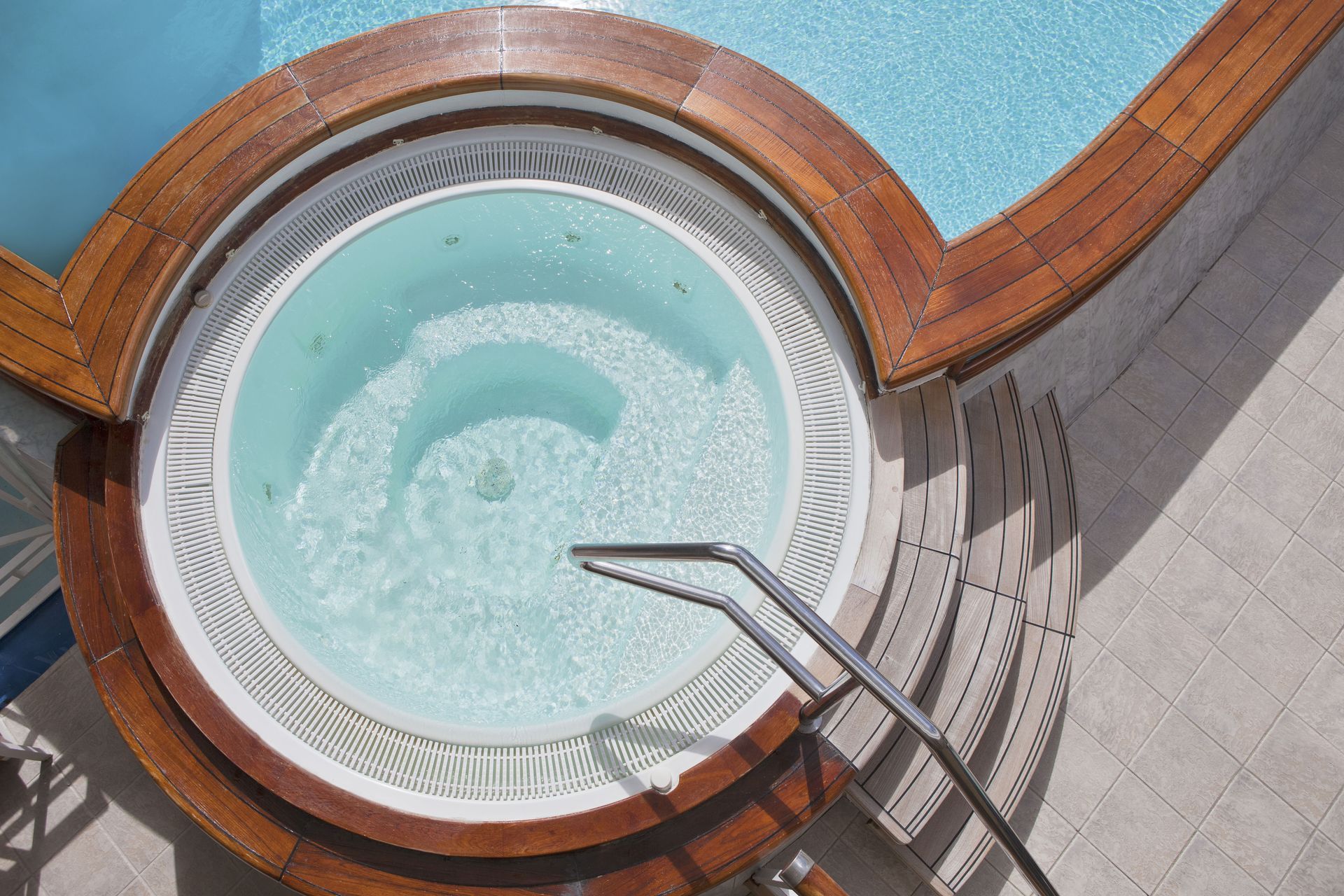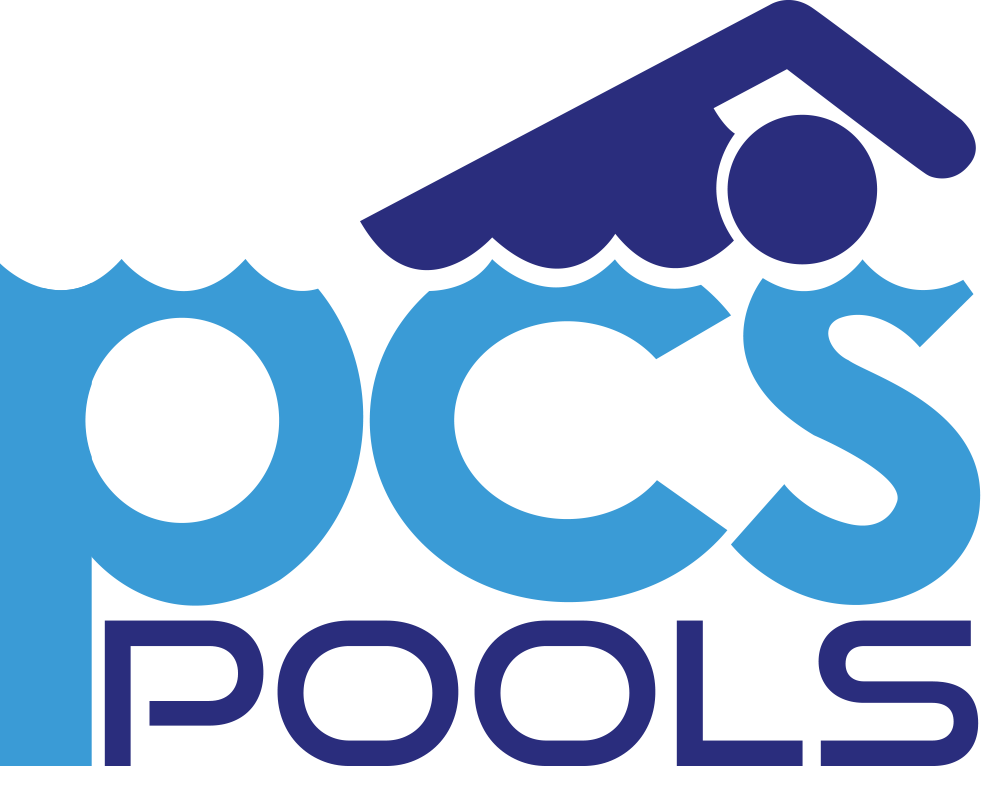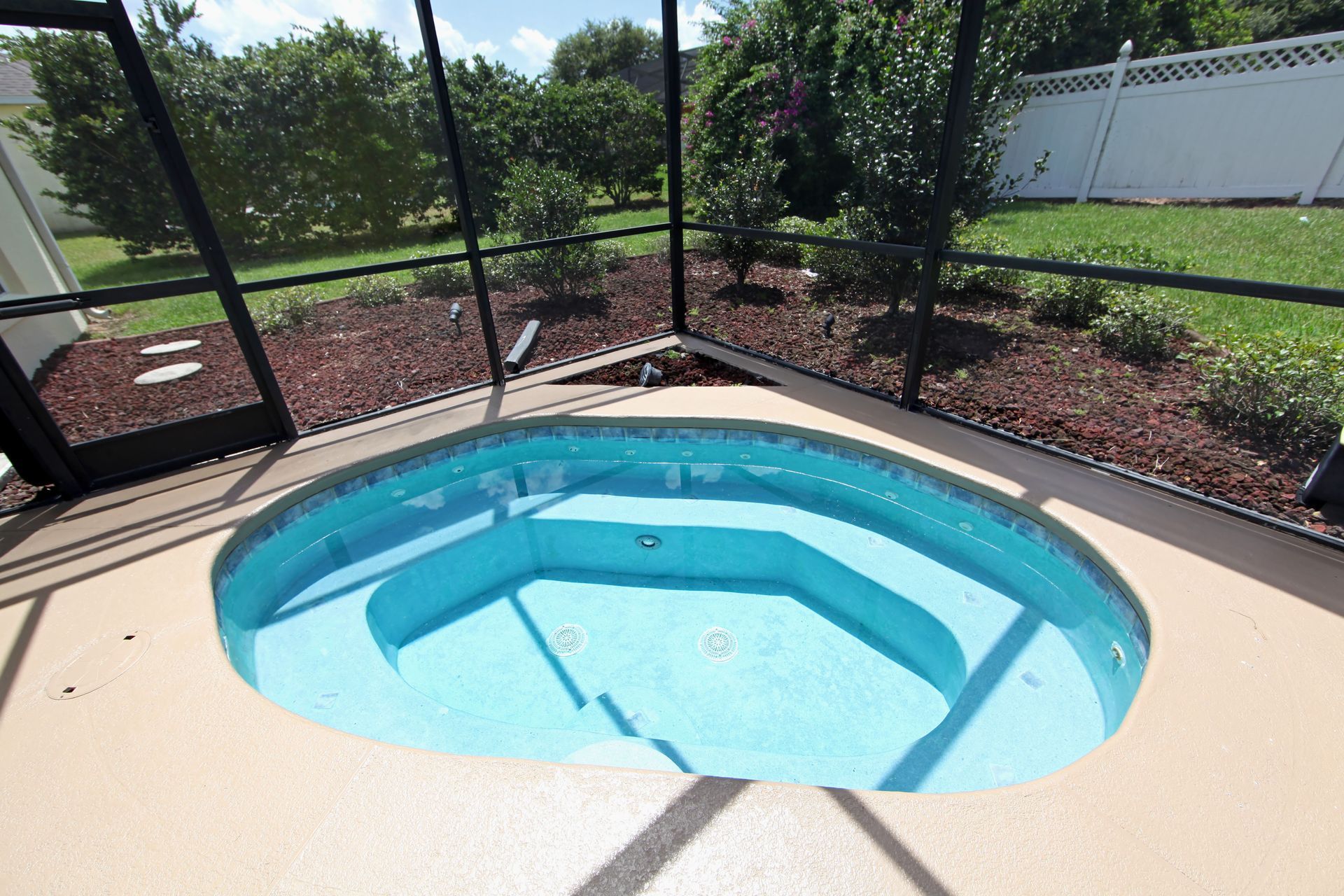Thinking of Getting a Hot Tub? Here Are 7 Reasons to Take the Plunge
In today's modern homes and workplaces, air conditioning systems are indispensable for maintaining comfort. Whether cooling residential spaces or managing climate in commercial settings, these systems work hard throughout the year. The best way to protect their performance and efficiency is through seasonal maintenance. Neglecting these essential tasks can shorten the system's lifespan, increase energy bills, and cause unexpected breakdowns that are often expensive to repair. By adopting a consistent maintenance schedule, homeowners and business operators can safeguard both their comfort and their investment, ensuring reliable cooling when it is needed most.
Seasonal air conditioning maintenance is not just about cleaning filters or checking refrigerant levels—it’s about optimizing the entire system to perform efficiently under varying seasonal conditions. Each season presents unique challenges, from spring allergens and summer heat to autumn debris and winter cold. A well-maintained system can adapt to these shifts with ease, providing steady comfort while minimizing wear and tear. This proactive care also enhances indoor air quality, reduces operational noise, and supports a healthier living or working environment.
Beyond comfort and efficiency, consistent maintenance directly impacts financial savings. Well-maintained systems consume less energy, lowering utility costs month after month. Moreover, addressing small issues early prevents expensive repairs or replacements later on. According to the U.S. Department of Energy, regular HVAC maintenance can improve system efficiency by up to 15%, making it one of the most cost-effective strategies for property owners. Whether you manage a single-family home or a commercial facility, integrating seasonal AC care into your annual routine ensures lasting performance and peace of mind.
Understand AC System Components
Air conditioning systems vary in type and design, but all rely on key components that must function properly for efficient operation. Central air systems dominate most homes, while window units and split systems serve smaller or more specialized needs. Each configuration has specific upkeep requirements, but all depend on vital elements such as compressors, condensers, evaporator coils, and fans. The compressor circulates refrigerant, while the condenser dissipates indoor heat. Thermostats regulate cycles, and ductwork distributes cooled air. When any of these parts falter, the entire system suffers. Routine seasonal maintenance that targets these components prevents problems from escalating and supports smooth, efficient operation.
One of the most overlooked factors in AC performance is the thermostat. Outdated or poorly calibrated thermostats can cause uneven cooling, frequent cycling, or excessive energy use. Upgrading to programmable or smart thermostats allows homeowners to fine-tune temperature settings, save energy, and reduce wear on the system. Seasonal maintenance should always include verifying thermostat accuracy and ensuring it aligns with household usage patterns.
Ductwork condition also plays a crucial role in maintaining efficiency. Leaks, blockages, or dust buildup in the ducts force the system to work harder, resulting in higher utility bills and diminished comfort. Regular duct inspections during seasonal maintenance prevent airflow loss and improve indoor air quality. When ducts are sealed and clean, cooled air is distributed evenly, maximizing comfort and extending the overall lifespan of the system.
Prepare Your AC for Spring
Spring is the ideal season to prepare air conditioners for heavy summer use. Cleaning away leaves, dirt, and other debris around the outdoor unit promotes airflow and prevents overheating. According to This Old House, most systems benefit from an annual tune-up performed in the spring before temperatures rise. These inspections often include checking refrigerant levels, calibrating thermostats, and clearing coils and fins of dirt to maximize heat exchange. Even ductwork plays a role; sealing leaks and cleaning ducts can dramatically improve system efficiency and indoor air quality. A proactive approach to spring maintenance ensures the system runs smoothly and avoids costly issues during peak demand.
In addition to cleaning and inspections, spring maintenance should also include replacing or upgrading air filters. Dirty or clogged filters restrict airflow, forcing the system to work harder and consume more energy. A fresh filter improves air quality, reduces strain on the unit, and supports better overall performance. Homeowners who suffer from allergies or respiratory issues often notice a marked improvement in indoor comfort after installing new, high-efficiency filters.
Another important step is testing the electrical connections and system controls. Loose wires, worn capacitors, or faulty connections can cause unexpected breakdowns once the unit is under heavy load in the summer months. Addressing these issues in the spring ensures reliable operation when the system is needed most. Routine seasonal maintenance that covers both mechanical and electrical elements protects the system from sudden failures and extends its service life.
Maintain Optimal Performance During Summer
During summer, air conditioners are placed under the greatest strain. High temperatures and daily use make efficiency critical. Simple habits, like closing blinds during the hottest hours, reduce indoor heat load and ease system demand. Inside the unit, electrical connections and capacitors should be checked regularly to prevent power issues, while blower components require balancing and lubrication to maintain proper airflow. Clean air filters are especially important in summer, as clogged filters can stifle performance and increase energy costs. Addressing uncommon summer issues, such as frozen coils or unusual noises, quickly helps prevent long-term damage. With consistent seasonal maintenance, systems can handle the summer workload with ease.
Another way to protect your air conditioning system during peak summer is to monitor thermostat settings closely. Overcooling a home by setting the thermostat too low can cause the system to run excessively, leading to unnecessary wear and higher utility bills. Smart thermostats, when programmed effectively, strike a balance between comfort and efficiency by adjusting temperatures automatically throughout the day. This small adjustment, combined with other seasonal maintenance practices, ensures both energy savings and reliable performance during the hottest months.
Regular monitoring of energy usage during peak summer months can also help identify inefficiencies early. Many modern smart thermostats and home energy systems provide usage reports that highlight patterns of excessive consumption or irregular operation. If cooling cycles become unusually long or frequent, it could indicate issues such as low refrigerant levels, dirty coils, or poor insulation. Addressing these warning signs promptly not only restores optimal performance but also prevents more severe damage to the compressor or other key components. Staying proactive through data tracking and timely maintenance ensures your air conditioning system remains dependable throughout the most demanding season.
Conduct Pre-Fall Maintenance to Extend Lifespan
As the cooling season winds down, fall provides another opportunity to extend the life of an air conditioner. Inspecting and sealing duct leaks reduces wasted energy and prepares the system for heating transitions. Checking fan blade balance minimizes vibrations that can cause damage, while ensuring condensate lines are clear prevents water buildup. Shared heating and cooling systems especially benefit from pre-fall maintenance, as these checks prepare the unit for winter service. Replacing worn parts such as belts or capacitors during this time can prevent mid-season breakdowns. By focusing on upkeep before colder weather arrives, homeowners can maximize the lifespan of their equipment and reduce the risk of expensive emergency repairs.
Winterize Your AC System
Winterizing an air conditioning system is crucial for protecting it from harsh conditions. Outdoor units should be covered with breathable materials that shield against snow and ice while preventing trapped moisture. For those using window units, removing and storing them prevents damage and drafts. Heat pump systems, designed for year-round use, require coil checks and thermostat adjustments to ensure heating efficiency. Switching thermostats to winter settings conserves energy and maintains comfort. The off-season is also an ideal time to perform deep inspections and cleanings, allowing technicians to identify potential wear or hidden issues before the cooling season returns. Proper winterization not only extends the system’s lifespan but also ensures it operates efficiently and reliably when warmer weather arrives again.
Winterizing your air conditioning system — much like maintaining luxury pool construction — is a proactive step toward preserving comfort, efficiency, and longevity. By preparing your unit for cold weather, you safeguard it from costly repairs and ensure it’s ready to perform when temperatures rise again. Consistent maintenance and seasonal preparation reduce strain on components, improve energy efficiency, and help you avoid unexpected breakdowns.
For homeowners and businesses seeking professional guidance and reliable service, All Seasons Heating & Cooling is here to help. Our experienced technicians provide expert seasonal maintenance, inspections, and winterization services to keep your HVAC system running at peak performance all year long. Contact All Seasons Heating & Cooling today to schedule your seasonal maintenance and ensure your system is ready for every season.












Share On: